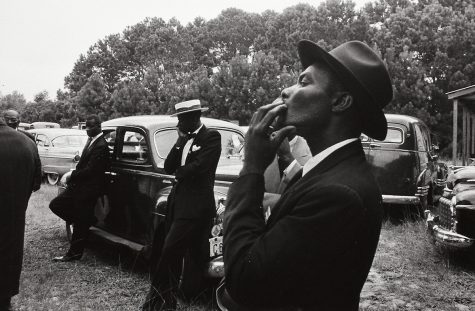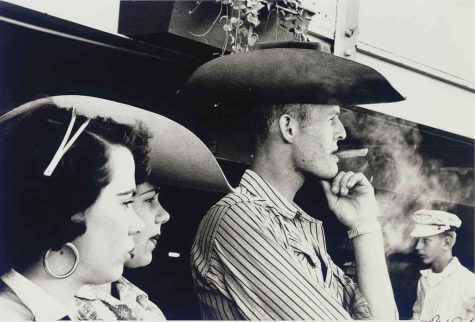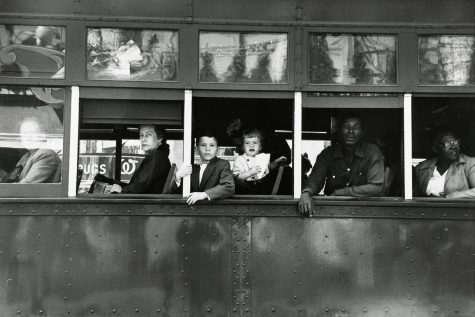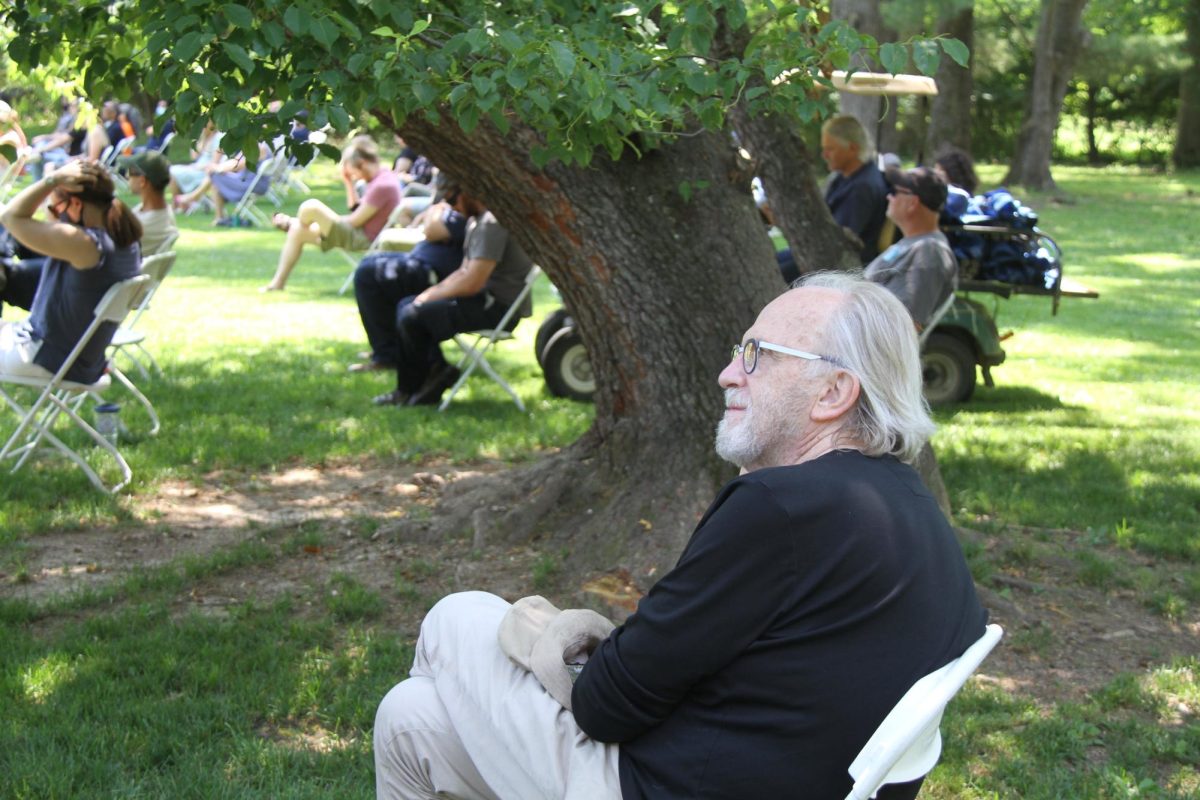Why “The Americans” by Robert Frank is a Master Photo Book
October 1, 2020
After Robert Frank, a young Swiss photographer, was awarded a Guggenheim Fellowship in 1955, he spent the following two years traveling across America and shooting more than 28,000 photos on his 35mm Leica. He selected only 83 of them, organized them into sequences, and compiled them into The Americans. With the first French version, Les Américaines, first published in 1958 and the first U.S. edition published in 1959, The Americans is now more than 60 years old.
Although The Americans, in today’s day and age, is undoubtedly one of the most celebrated photographic pinnacles that marks what humankind can achieve with just a sequence of photos, the public did not praise it with the same enthusiasm when it was first released. In fact, many photo professionals and enthusiasts were confused (some even enraged) by Frank’s images; many of which are either incorrectly exposed, misfocused, or unconventionally composed when compared to other earlier famed street photography publications like Henri Cartier-Bresson’s The Decisive Moment or Walker Evans’s American Photographs. But over time, people began to value the inherent beauty of imperfections and appreciate Frank’s candid captures.
Impressively,, The Americans embodies Frank’s outsider perspective on American society. Through thoughtful framing, juxtaposition, and sequencing, Frank tackled the glamour of post-WWII America and exposed entrenched racial inequalities.

Funeral – St. Helena, South Carolina

Rodeo – Detroit
One such collection includes “Funeral – St. Helena, South Carolina” and “Rodeo – Detroit.” Taken in different and distant corners of America, the subjects are drastically diverse , from image to image changing from a group of solemnly-dressed African Americans to three white Americans at a popular entertainment event: the rodeo. On the other hand, each photo is usually made up of subjects with similar backgrounds, highlighting the pressing issue of racial inequality in America. In addition, by linking the white community with a sporting event and the black community with a depressing funeral, these two pictures suggest how African Americans lacked the ability to live stress-free lives like white Americans. The fact that the white American is enjoying a cigar hints towards the difference of equality between the two groups of people. Moreover, the groups face away from each other in their placement on succeeding pages, which represents a lack of interracial interaction, highlighting how African American and white communities stood apart from each other. Combined, the identity and placement of the subjects in these photographs emphasize the reality of a racially divided and unequal society.
 Trolley – New Orleans
Trolley – New Orleans
Furthermore, one of Frank’s most recognizable photos—used by Steidl as the cover on newer The Americans editions—quite literally outlines racial division in the ’50s. Titled Trolley – New Orleans this shot is clearly divided by five windows of the trolley; the first two are occupied by white adults while the last two are occupied by African Americans adults, with two children in the middle square separating the two groups. Overall, the frame not only represents racial segregation and inequity but also emphasizes its influence on future generations.
Robert Frank passed away on September 9, 2019. However, his legacy of The Americans—acute observation of American society, superb sequencing of photos, and revolutionary interpretation of the art of photography— continues to influence countless modern photographers and prompt us to reflect on the presence of racial divides in our society.






